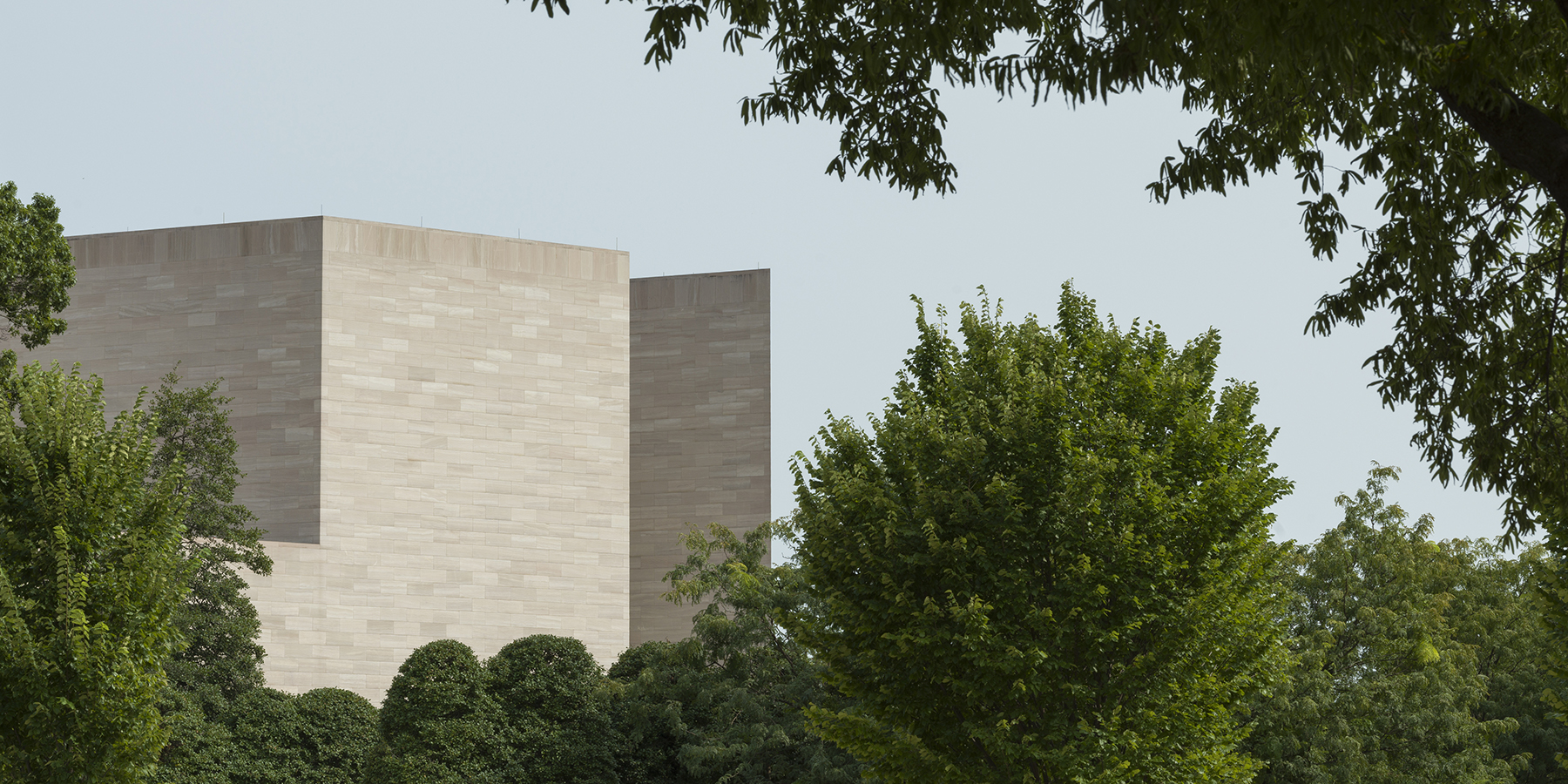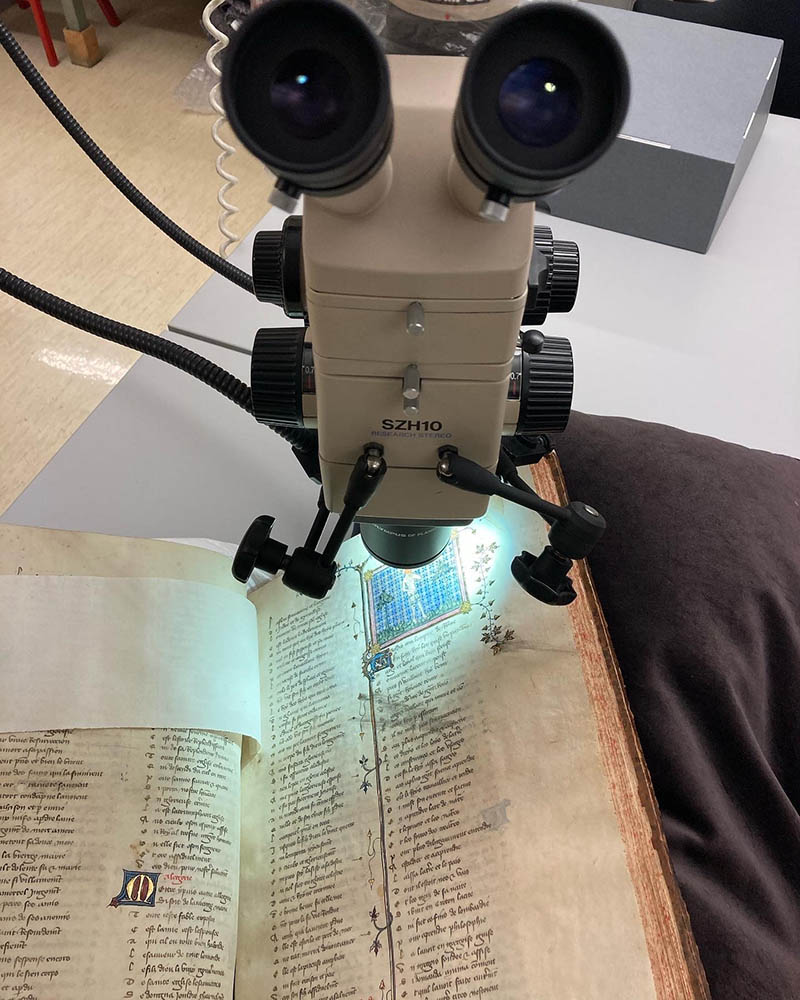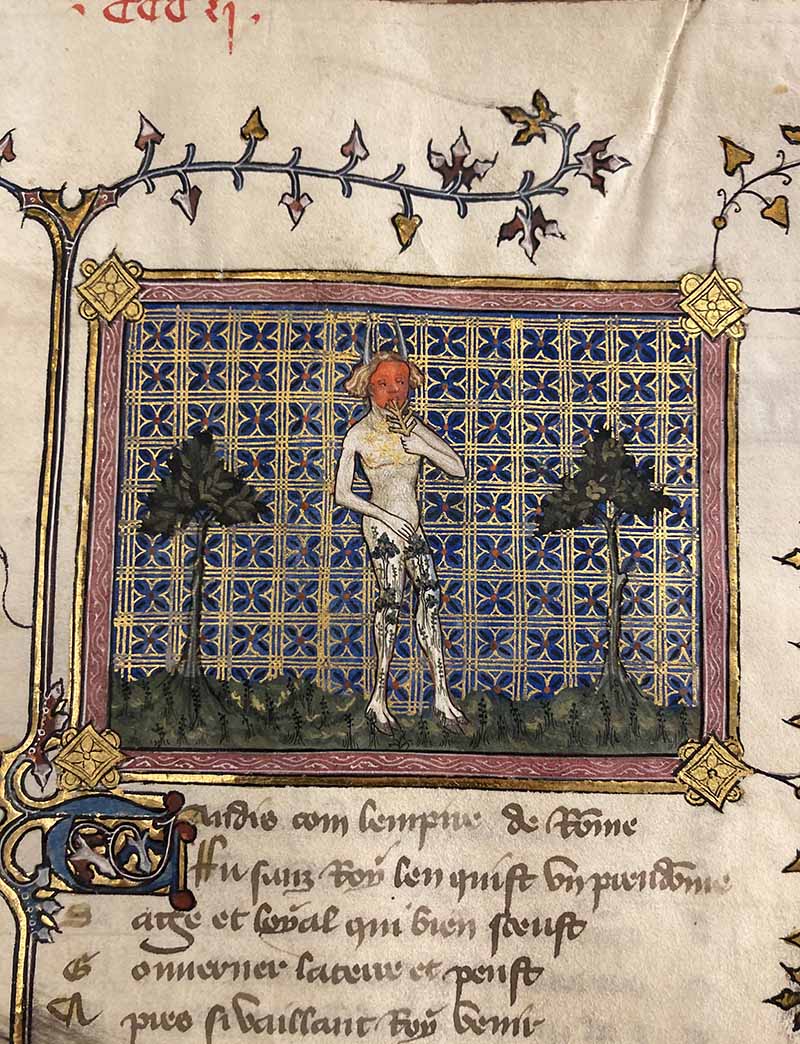It is no accident that the disruptive miniature consults Ovide moralisé in order to argue with the poet, for the surviving copies of the poem are among the most densely illuminated manuscripts of French poetry ever produced. Moreover, the word/image dynamics that characterize these manuscripts precisely correspond to the interpretive methods and aims of Machaut’s meddlesome miniature. My dissertation examines the manuscripts of Ovide moralisé to suggest that the commercial illuminators in Paris who painted them not only read the poem but discovered in it strategies to theorize, celebrate, and ultimately justify their craft as artists. Much as Machaut’s miniature adapted Ovide moralisé for self-serving and amorous ends, artists highlighted the poem’s most image-centric stories, transforming what is a lengthy, multifocal work into montages of tapestries, sculptures, metalwork, and manuscripts. Further, by illustrating the desire for pictures specifically, as in the famous myth of Pygmalion, commercial illuminators argued for the importance and appeal of images in vernacular books.
This argument was necessary in the context of late medieval book culture. Prior to the 14th century, vernacular books were sparsely illustrated relative to their Latin counterparts. Manuscript libraries bear witness to the medium’s dramatic transformation in the second quarter of the 14th century, the date of Ovide moralisé’s earliest manuscript. Containing over 450 miniatures and representing mythological scenes never before visualized, it shattered the representational norms of French poetry. It was only after these widely diffused illuminated versions appeared that more famous vernacular manuscripts, such as Romance of the Rose, became consistently and densely illuminated. The abrupt metamorphosis of the medium invites an investigation into the purpose of images in poetic manuscripts and how they were understood by their 14th-century makers and viewers. The manuscripts themselves work through these very questions in both their texts and images.


